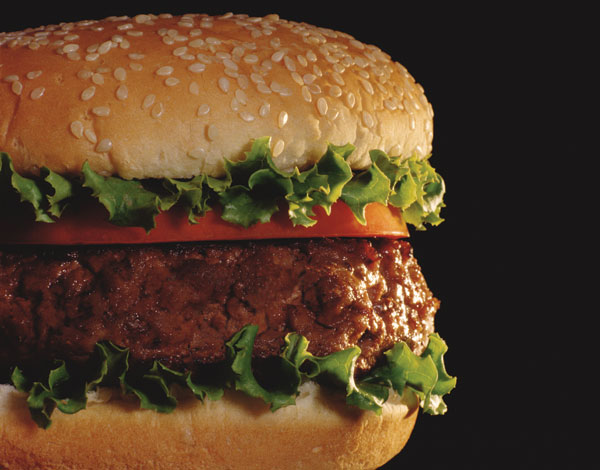An understanding of consumer beef demand and the purchasing behavior and trends of feeders, packers, retailers and restaurateurs is critical to long-term success in the beef industry.
April 24, 2012

Buyers of feeder cattle are willing to pay a premium for cattle genetics to include black-hided feeders with high genetic propensity to marble and a high lean-to-fat ratio.
Buyers of beef products and/or those who sell beef to consumers are willing to pay for desired weight and size of carcasses and cuts, and eating satisfaction to include beef flavor, tenderness and customer satisfaction. Food safety also ranked high among this group as a requirement and potential premium.
Those are among the preliminary findings of Oklahoma State University meat researchers who participated in the 2011 National Beef Quality Audit. The final results will be released in the coming weeks.
An understanding of consumer beef demand and the purchasing behavior and trends of feeders, packers, retailers and restaurateurs is critical to long-term success in the beef industry. It also could impact the pricing of feeder cattle and calves.
Beef demand has been declining for the past 30 years. Due to current economic trends, some consumers have altered their grocery-shopping habits and are preparing more meals at home. Meanwhile, others are “trading down” and purchasing cheaper cuts of the same meat they purchased in the past. And, some consumers are replacing beef with other food options. Even with these changes, however, half of dinners served in U.S. homes in 2010 included a ground or whole meat item, and 20.5% of meals contained beef.
Since 2008, retail beef sales have increased by 6.9%, with ground beef being the most consumed product. Meanwhile, there’s been a 2% increase in linear meat-case space allowed for ground beef, with an 8% increase in the percentage of ground beef packages sold.
In an effort to capture as much value as possible, the retail sector continues to introduce new and additional brands into the marketplace. From 2005 to 2010, there was a 24% increase in branded beef product offerings in the retail meat case. And “natural” beef claims have grown 10% since 2004.
Restaurants have begun to change their menu items to comply with consumers’ appetite and financial situation. While overall restaurant sales have declined, beef entrees and burgers have remained the top two menu items offered, with the most prevalent entree item being a center-of-the-plate steak. People with higher incomes tend to consume more beef.
Overall, the 2011 Beef Quality Audit found the probability of producers receiving a premium was greater than being assessed a discount for the seven quality attributes studied. These included:
How and where cattle were raised,
Lean fat and bone,
Weight and size,
Genetics,
Visual characteristics,
Food safety and
Eating satisfaction.
Knowing where and how cattle are raised ranked highest among those groups that purchase feeder and live cattle and/or sell beef to consumers. Ranchers and farmers should benefit by maintaining health, feed and production records to include humane handling practices and age and source verification on all calves produced and sold. This attribute ranked high as an expectation and non-compliance is likely to result in a price discount.
In addition, beef packer’s bulls-eye target for carcass specifications on finished cattle are: USDA Prime or Choice, Yield Grade 1 or 2 steers and heifers with 650-875-lb. carcass weights; 12-16-sq.-in. ribeyes; and zero carcass defects or blemishes. Off-target specifications include Standard or Hard Bone Quality Grade, Yield Grade 4 or 5, with carcass weight less than 550 lbs. or greater than 950 lbs.; and less than 10 or greater than 18-sq.-in. ribeye area, and greater than 1% carcass defects.
References - Producer Implications of Beef Consumption Trends: - Abstract # 139, page 54
Scott B. Laudert, Ph.D., is a beef cattle technical consultant and former Kansas State University Extension livestock specialist based in Woodland Park, CO. He can be reached at 719-660-4473.
You May Also Like



